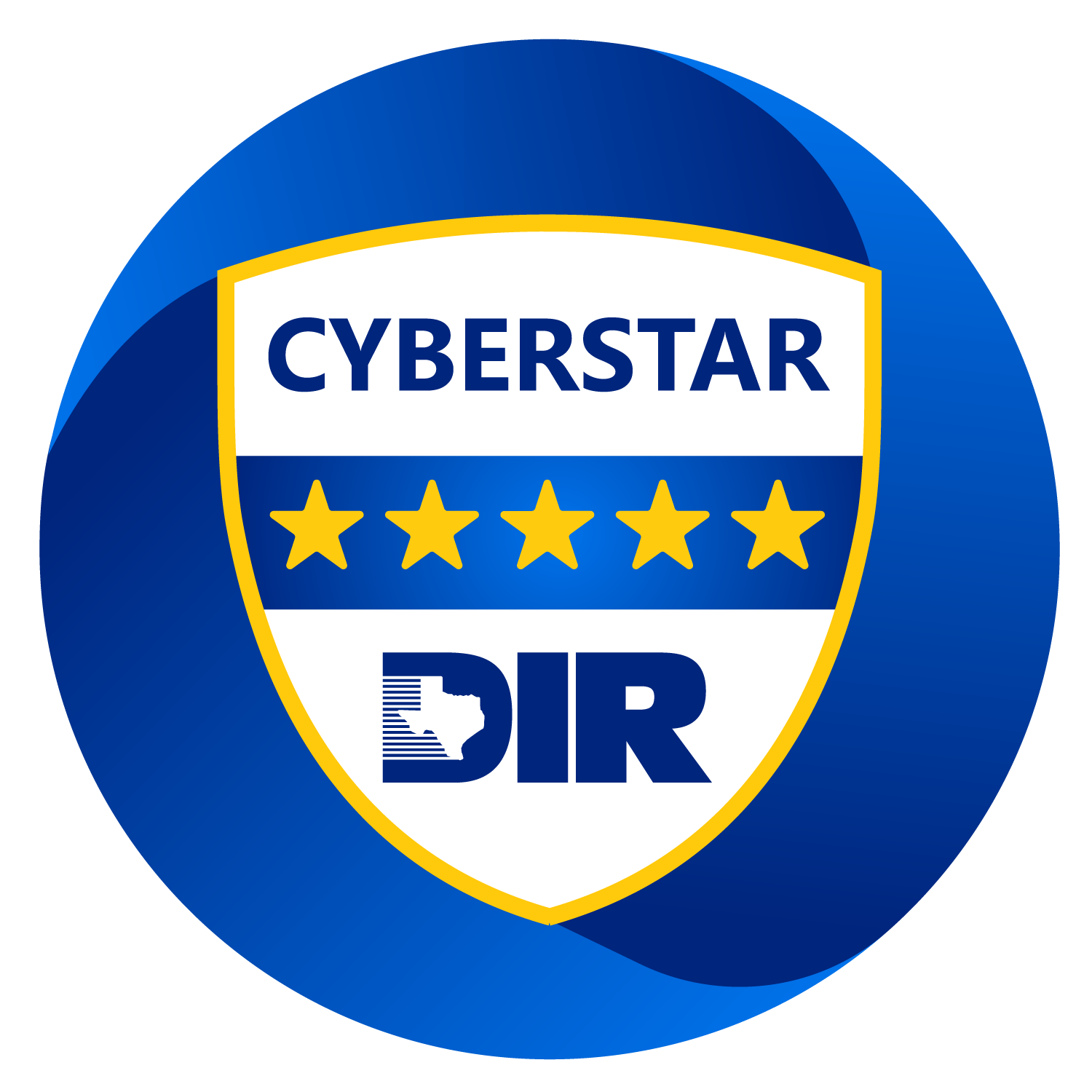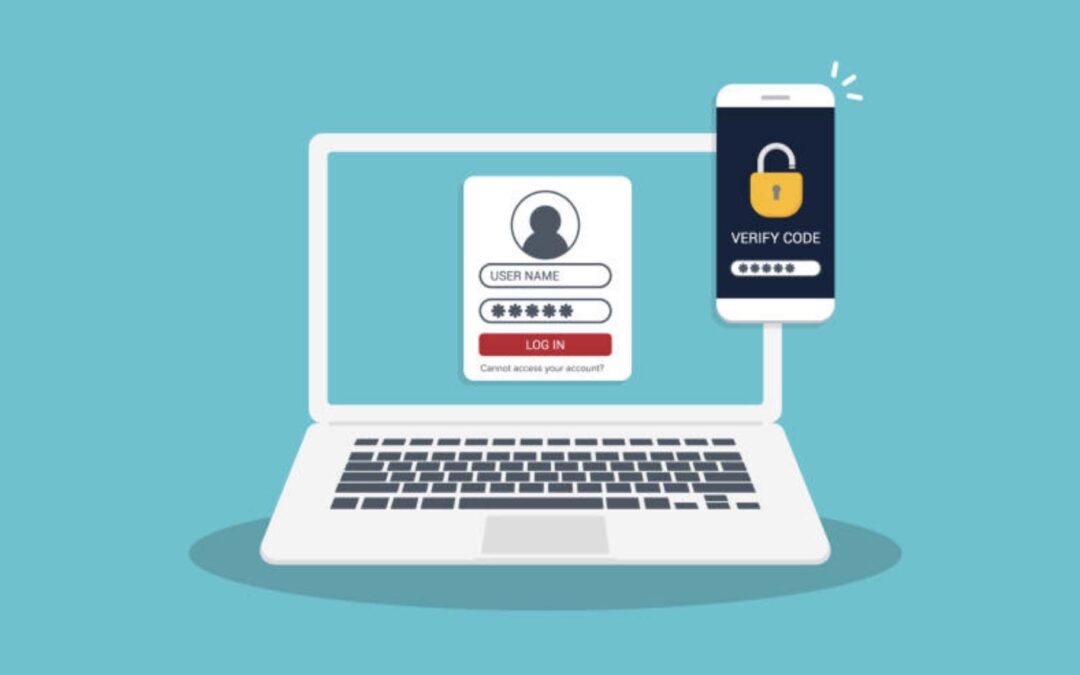While passwords are critical for controlling access to sensitive areas, such as proprietary software, applications, and data, they aren’t adequate on their own. Most end-users employ weak passwords and neglect updating them regularly. Also, the passwords used on one platform are often repeated for several others. Even when strong password practices are observed, it is possible for threat actors to breach them. With cybertheft continually on the rise, organizations need to implement a layered defense to protect their digital assets. Enterprises can employ several robust authentication methods to thwart cybercrimes and maintain business continuity. But what are the common methods of authentication for network security?
Two-factor or Multi-factor Authentication
Two-factor authentication (2FA) is a security process that requires two forms of authentication to establish access. Multi-factor authentication (MFA) is the same as 2FA, except it may require more than two forms of authentication. With 2FA and MFA, you will be asked to enter your password and a generated code or authorize access from a secondary device via a push request. A push request sends a notification that the user must simply tap to accept or decline.
2FA and MFA protect your account in case your password becomes compromised. Even though a threat actor can access your account, they won’t be able to authenticate the additional requirements. There are several ways 2FA and MFA codes are generated:
- Receiving an authentication request via text message
- Utilizing an authenticator application
- Verifying a push notification on a secondary device
2FA and MFA allow users to maintain passwords for longer periods of time between resets. Even if your password is compromised, the protection of 2FA and MFA will give you time to change it without immediate concern of a larger security breach. The only way a cyber thief can do further damage is if they spoof or steal your smartphone; however, the added layer of 2FA or MFA is one of the most popular and effective ways to secure your online accounts.
Biometrics
Biometric authentication is a form of security that utilizes the unique biological characteristics of the user. There is a wide range of features that biometrics can use to verify an individual, such as fingerprints, facial characteristics, the retina, the iris, and even the voice. Biometrics is an important security measure for protecting sensitive digital assets. The unique characteristics of biometric authentication make it extremely difficult to replicate for cybercriminals. While this form of authentication is very secure and high-tech, the specialized equipment required may be very expensive for some organizations to implement. Of course, the protection of digital assets is priceless. Stakeholders and customers alike can enjoy increased confidence in the security and reliability of an organization’s operations.
Token Authentication
Token-based authentication is a security measure that generates encrypted security tokens that need to be implemented to gain access to an application. With tokens, users are allowed access to certain resources for a limited period of time. Once a user successfully logs in to an application, the server generates the authentication token to gain further access to the system. While some tokens may allow an open-ended timeline, most set expiration times.
There are several kinds of tokens organizations can use. Here are four common types:
Connected Tokens
Connected tokens are physical devices such as discs, drives, or USB drives.
Contactless Tokens
Contactless tokens are wireless bluetooth devices that allow users to authenticate on a nearby computer without physically connecting to the server.
Disconnected Tokens
Users can input a generated code for authentication.
Software Tokens
Software tokens are mobile applications that provide a form of 2FA or MFA authentication.
Out-of-Band Authentication (OOB)
OOB authentication uses two channels to verify a user. By employing two channels, OOB minimizes the risk of a user’s identity being compromised. While it may be possible to breach one channel, it is extremely difficult to breach two at the same time. For example, a user may login on a computer while a mobile device is engaged for authentication as well. As a password is successfully entered, a text or application notification will appear on the device for further verification. Organizations that have high-security requirements and sensitive data utilize OOB authentication. OOB enhances an enterprise’s cybersecurity posture by diversifying authentication channels.
Certificate-based Authentication
Through digital certificates, certificate-based authentication can identify verified users, machines, or devices. When a user or device requests authentication, a public-private key is generated. The public key goes to the Certificate Authority (CA) with the user’s identification information. Once authenticated, a digital certificate is issued through a secure channel, binding the user’s identity to the public key. When the user attempts to log in, the system will verify the digital certificate by validating the digital signature of the CA to ensure it hasn’t been revoked or that it hasn’t expired.
Access controls are the first line of defense when it comes to keeping threat actors at bay. Utilizing two or more authentication measures can protect an organization from severe disruption of business, lost revenue, and a damaged reputation in the marketplace. With over forty-two years of experience, Cynergy Technology offers cybersecurity and network security solutions to safeguard your IT system and critical data. To learn more about which authentication methods would be best for your enterprise, contact us for a free consultation today!







